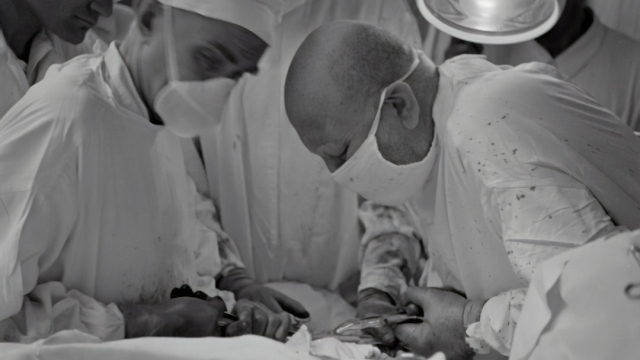Understanding Cataracts: Causes and Symptoms
Cataracts are a common eye condition that can lead to impaired vision, particularly in older adults. They occur when the lens of the eye becomes cloudy, affecting the way light is processed. The primary causes of cataracts include natural aging, prolonged exposure to ultraviolet light, certain medical conditions like diabetes, and the use of medications such as corticosteroids. Symptoms often start subtly, with patients experiencing blurred vision, difficulty seeing at night, increased glare from lights, and double vision. Recognizing these symptoms is the first step toward seeking effective treatment, which often leads to the discussion of Cataract surgery insights.
The Cataract Surgery Procedure: What to Expect
For many patients, cataract surgery becomes necessary as symptoms progress. The procedure itself is typically straightforward and performed on an outpatient basis. Before surgery, patients will undergo a thorough eye examination to determine the extent of the cataract and the best surgical approach. It’s common for doctors to discuss anesthesia options, which can range from local anesthesia with sedation to general anesthesia, depending on individual patient needs and preferences.
During the surgery, the cloudy lens is removed and replaced with a clear artificial lens, known as an intraocular lens (IOL). The entire procedure usually takes less than an hour and is often accompanied by minimal discomfort. Understanding the surgical process can alleviate anxiety, allowing patients to prepare mentally for their experience.
Recovery and Aftercare: Tips for a Smooth Healing Process
Following cataract surgery, patients can expect a relatively quick recovery. However, it’s essential to follow aftercare instructions to ensure optimal healing. In the first few days post-surgery, patients may experience some discomfort, mild itching, or blurry vision, all of which are normal. Eye drops will be prescribed to help prevent infection and reduce inflammation.
It’s advisable to avoid strenuous activities, heavy lifting, and activities that could lead to eye strain for at least a week or two. Wearing sunglasses outdoors can protect the eyes from bright lights and potential irritants. Regular follow-up appointments with the eye doctor are crucial in monitoring the healing process and ensuring that the new lens is functioning as intended.
Potential Risks and Complications of Cataract Surgery
While cataract surgery is considered one of the safest and most effective surgical procedures, it does come with potential risks. Some complications may include infection, bleeding, or increased intraocular pressure. In rare cases, patients may experience a condition known as posterior capsule opacification, where the membrane behind the lens becomes cloudy, requiring a simple laser procedure for correction.
Understanding these risks is a vital part of the decision-making process when considering surgery. It’s important for patients to engage in open discussions with their healthcare providers to weigh the benefits against the potential complications.
Long-Term Outcomes: What Patients Can Expect Post-Surgery
For most patients, the long-term outcomes of cataract surgery are overwhelmingly positive. Many report significant improvements in their vision, which can dramatically enhance their quality of life. Patients often find that routine activities, such as reading, driving, and enjoying outdoor activities, become much easier after the surgery.
It’s also important to note that while cataract surgery can effectively restore vision, it does not prevent the development of other eye conditions, such as glaucoma or macular degeneration. Therefore, ongoing eye care and regular check-ups remain essential even after a successful cataract surgery.
For those seeking further information, there are numerous cataract surgery insights available that provide deeper knowledge about the procedure, recovery, and potential outcomes. By staying informed, patients can make the best decisions regarding their eye health and treatment options.




